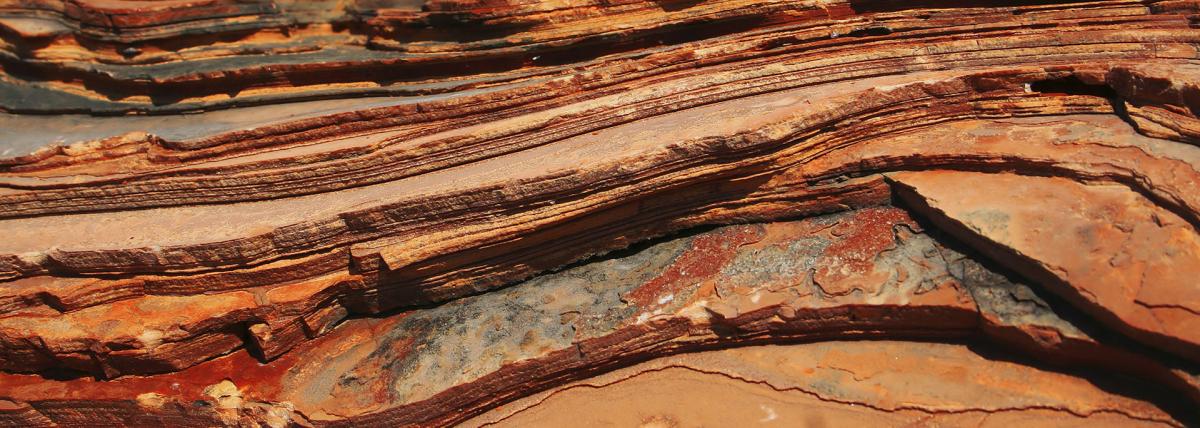
Velocity of a Wave
In this engaging lesson, students will model a standing transverse wave using a slinky and collect measurements to find the amplitude, wavelength, and frequency of their wave in order to calculate the velocity. Students get hands-on experience to attach to abstract concepts and practice problems that they can compare to their own measurements.
Lesson Grade Level
8th GradeLesson Plan Link/URL
https://docs.google.com/presentation/d/13S5NGsLlpGb-1-CNoAKKsaYIGOQK_KI_/edit?u…Related Content

This lesson allows students to explore the Law of Conservation of Mass through a balloon lab activity using baking soda and vinegar. Students will be able to develop a model to describe their findings

This lesson will explore the idea of circuits as the students wire the components of a together to create a working wobble-bot.

Students will learn about the four types of seismic waves during an earthquake. Students will then use that information to design a house that can absorb a majority of the seismic waves, limiting the